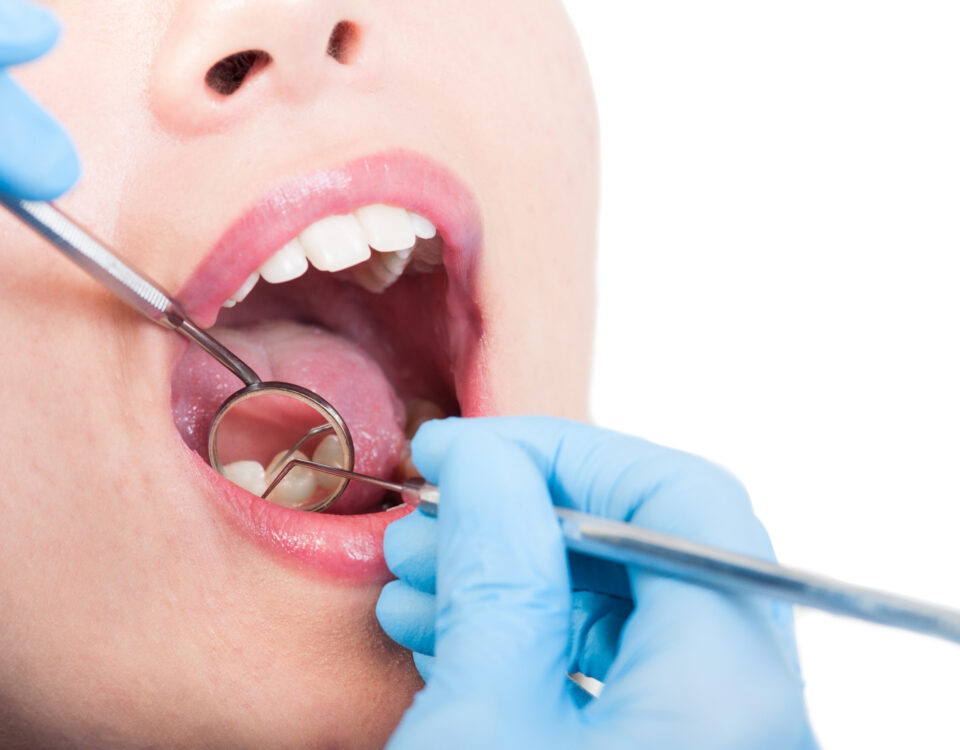Flossing Made Simple: 3 Secrets to Easier Flossing

5 Cosmetic Dentistry Treatments for a Flawless Smile
November 3, 2022
Am I Too Old For Wisdom Tooth Extraction?
November 17, 2022Flossing Made Simple: 3 Secrets to Easier Flossing

Flossing is an essential part of oral care, but it can be difficult to do correctly. If you’re struggling with flossing, don’t worry – you’re not alone! In this blog post, we will share three secrets to make it simpler and easier. Follow these tips and you’ll be doing it like a pro in no time!
The Importance of Flossing
Before we get into the secrets to easier flossing, let’s quickly review why flossing is so important. Flossing helps remove plaque and bacteria from your teeth and gums, which can prevent gum disease, tooth decay, and bad breath. Additionally, flossing has been linked to overall health benefits like reducing inflammation and improving heart health. Other benefits include:
- Helps remove food particles and plaque between teeth and along the gum line where your toothbrush can’t quite reach
- Better removal of bad breath-causing bacteria than brushing alone
- Removal of plaque from below the gumline, which can erode tooth enamel and develop into tartar (can cause teeth discoloration)
- Reduce the risk of cavities
- Reduces the likelihood of soreness, puffiness, and unsightly redness of the gums
- Helps prevent gingivitis, which can progress to periodontitis
Flossing Made Simple: 3 Secrets to Easier Flossing
Flossing is an important part of oral care, but it can be difficult to do correctly. If you’re struggling with flossing, don’t worry – you’re not alone! Now that we’ve reviewed the importance of flossing, let’s get into the secrets to make it simpler and easier.
Secret #1: Use The Right Type of Floss
There are many different types of floss available on the market, so how do you know which one to use? The best type of floss to use is the one that you will actually use! If you find traditional string floss difficult to use, try a waxed or coated floss. These types of floss are easier to slide between teeth and are less likely to shred. If you have braces or other dental appliances, there are flosses specifically designed for these situations. Floss picks are another option that can be helpful, especially if you have difficulty using your fingers to floss.
Secret #2: Use the Correct Technique
Once you’ve selected the right type of floss, it’s important to use the correct technique. Start by wrapping the floss around your middle fingers, leaving about 18 inches of floss to work with. Hold the floss tightly between your thumbs and index fingers and slide it up and down against each tooth. Be sure to use a gentle sawing motion and go slowly to avoid damaging your gums. When you reach the gum line, curve the floss into a C shape and slide it up and down along the side of the tooth. Repeat this process for all of your teeth.
Secret #3: Make Flossing a Part of Your Routine
The best way to make flossing a habit is to integrate it into your daily routine. Try flossing after you brush your teeth at night or first thing in the morning. If you have trouble remembering to floss, set a reminder on your phone or keep your floss in a visible spot. The more you floss, the easier it will become – and your teeth will thank you!
How Often Should You Floss?
It is recommended to floss at least once per day, ideally after brushing your teeth. If you find that you are forgetful or have trouble making flossing a habit, try to floss at least 3-4 times per week.
Signs You Should Floss More
Red or swollen gums that bleed easily can be a clear sign that flossing and better dental habits are needed. If your gums bleed when you floss, it’s a sign that you should floss more often. Bleeding gums are a sign of inflammation and can be caused by plaque and bacteria buildup. Other signs that you should floss more include:
- Bad breath that persists after brushing and tongue scraping
- Receding gums
- Sensitivity to hot and cold temperatures
- Swollen or tender gums
- Teeth that appear longer than usual (this can be a sign of gum recession)
If you’re experiencing any of these signs, make sure to see your dentist. While these signs often mean you should floss more, they could also be indicative of a more serious problem.
Make an Appointment with Mountain Aire Dentistry
Flossing is an important part of oral hygiene, but it can be difficult to make it a habit. These three secrets – using the right type of floss, using the correct technique, and making flossing a part of your routine – will help you master the art of flossing and keep your teeth healthy!
When you visit our Broomfield dental office, your smile is our top priority. Our Dentists invite you to experience the difference a warm and caring team can provide for you and your family. Enjoy a unique and comfortable dental experience designed to bring a healthier and happier smile back into your life. We invite you to call or visit our Broomfield dental office and discover the exceptional difference we offer to those we serve.













